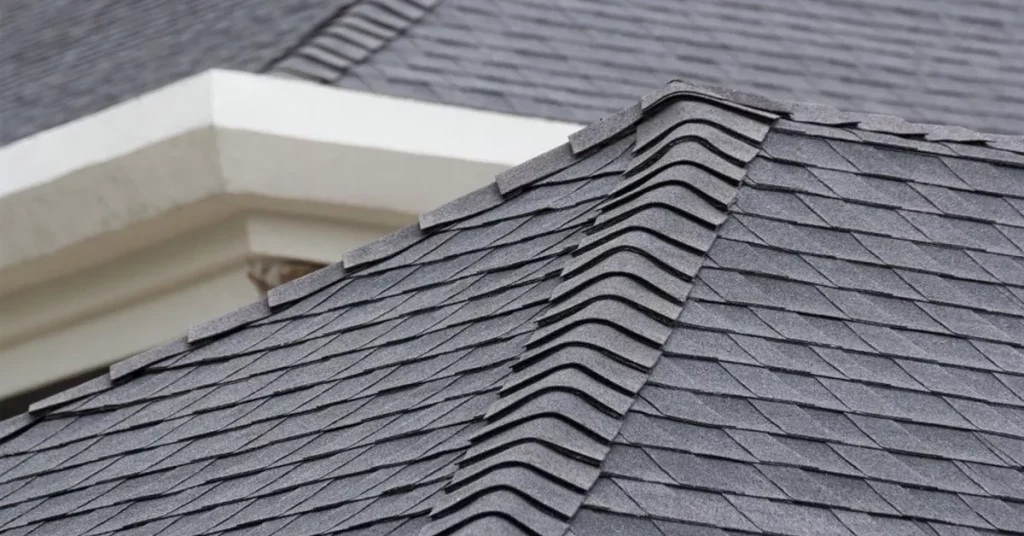A brand new roof is a significant investment, and you expect it to provide reliable protection for your home. However, if you’ve noticed that your freshly installed shingles are not laying flat as they should, it can be a cause for concern. In this article, we’ll explore the common reasons why brand new roof shingles may not lay flat and what steps you can take to address this issue.

Understanding the Importance of Flat Shingles
The Role of Proper Installation
Properly laid flat shingles are essential for the functionality and longevity of your roof. When shingles don’t lie flat, they can leave gaps and vulnerabilities that may lead to leaks, water damage, and even premature roof failure. It’s crucial to address this issue promptly to ensure the integrity of your roofing system.
Common Causes of Shingles Not Laying Flat
1. Poor Installation
One of the most common reasons for shingles not laying flat is poor installation. If the shingles were not properly aligned, fastened, or sealed during installation, they may buckle or curl over time. This can happen if the installer rushes the job, uses incorrect fasteners, or fails to follow manufacturer guidelines.
2. Improper Ventilation
Inadequate roof ventilation can lead to temperature imbalances on the roof surface. When hot air becomes trapped in the attic, it can cause the underside of the shingles to become excessively warm, leading to warping and curling. Proper attic ventilation is essential to regulate temperature and humidity levels.
3. Low-Quality Materials*
Using low-quality or subpar roofing materials can contribute to shingle problems. Inferior shingles may lack the necessary flexibility and durability to maintain their flat shape over time. Always choose reputable brands and high-quality materials for your roofing project.
4. Environmental Factors*
Extreme weather conditions, such as exposure to constant sunlight or heavy rain, can affect the condition of your shingles. Prolonged sun exposure can cause shingles to become brittle and curl, while excessive moisture can lead to warping. Additionally, strong winds can lift shingles, causing them to buckle.
Addressing the Issue: What to Do
1. Contact the Installer
If your new roof is under warranty, contact the installer or roofing contractor to assess the issue. They should inspect the roof to determine if the problem is related to installation errors or materials used. If the installation is faulty, they should correct it at no additional cost.
2. Ensure Proper Ventilation*
Proper attic ventilation is crucial for maintaining a stable roof temperature. If your attic lacks adequate ventilation, consider adding ridge vents, soffit vents, or attic fans to regulate temperature and humidity levels.
3. Monitor and Maintain*
Regular roof inspections and maintenance are essential for addressing issues before they become more significant problems. Check your roof periodically for any signs of shingle damage or movement. Promptly repair or replace damaged shingles to prevent further issues.
4. Consider a Professional Opinion*
If you’re unsure about the cause of your shingle problems or the appropriate corrective actions, consider consulting with a professional roofing inspector or contractor. They can provide an expert assessment and recommend the best course of action.
Conclusion: Protecting Your Roof Investment
A brand new roof should provide reliable protection for your home for years to come. When shingles don’t lay flat, it’s essential to identify and address the underlying issues promptly. Whether it’s poor installation, ventilation problems, or environmental factors, taking the right steps to rectify the situation will help safeguard your roof’s integrity and ensure its long-term performance.



Leave a Reply